Mexico’s cultural landscape extends far beyond the familiar confines of all-inclusive resorts and popular beach destinations. The country’s rich tapestry of indigenous traditions, colonial history, artistic movements, and culinary innovation offers travelers authentic experiences that connect them with the soul of this diverse nation.
Here is a list of 20 cultural adventures throughout Mexico that reveal the country’s profound heritage and living traditions for travelers seeking deeper connections.
Exploring Mexico City’s Historic Center
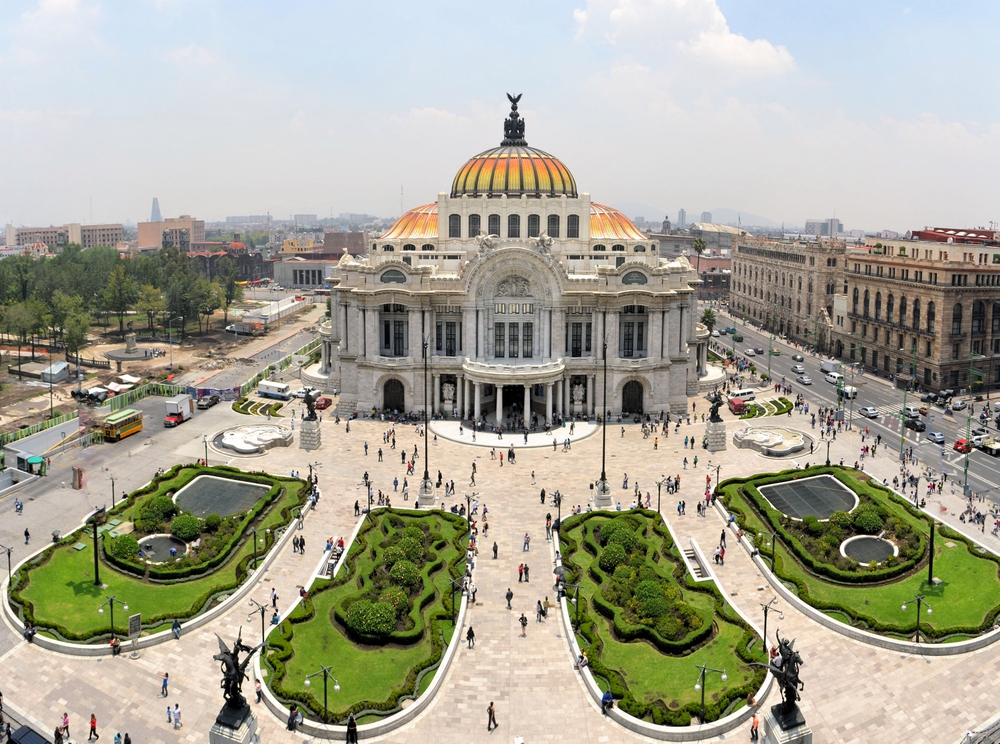
The sprawling Zócalo plaza stands as the pulsating heart of Mexico’s capital, surrounded by architectural treasures spanning centuries of history. The Metropolitan Cathedral towers alongside Templo Mayor, where excavated Aztec ruins reveal the pre-Hispanic city of Tenochtitlan beneath colonial structures.
Nearby, Diego Rivera’s magnificent murals at the National Palace illustrate Mexico’s complex history through vibrant scenes that continue to inspire political and social consciousness.
Experiencing Day of the Dead in Michoacán
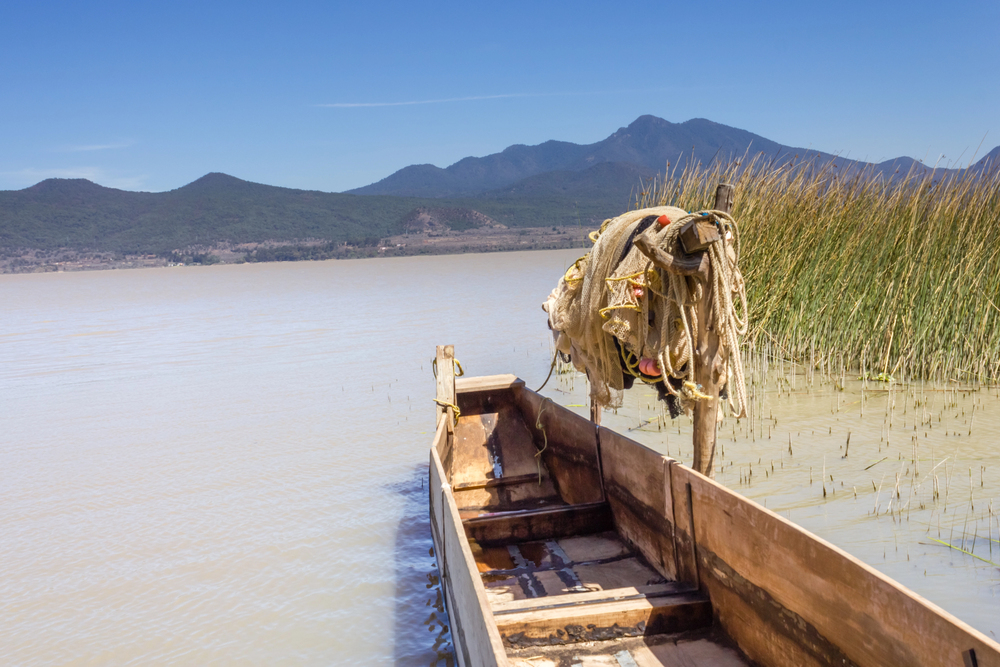
The lakeside town of Pátzcuaro transforms during this UNESCO-recognized celebration as families create elaborate ofrendas (altars) honoring deceased loved ones with marigolds, sugar skulls, and favorite foods. Indigenous Purépecha traditions blend with Catholic influences while candlelit boats carry visitors to Janitzio Island, where all-night cemetery vigils include music, prayers, and communion with ancestors.
The celebration balances profound reverence with joyful remembrance, creating spaces where grief and celebration coexist in a beautiful harmony.
Like Travel Pug’s content? Follow us on MSN.
Wandering the Colonial Streets of San Miguel de Allende
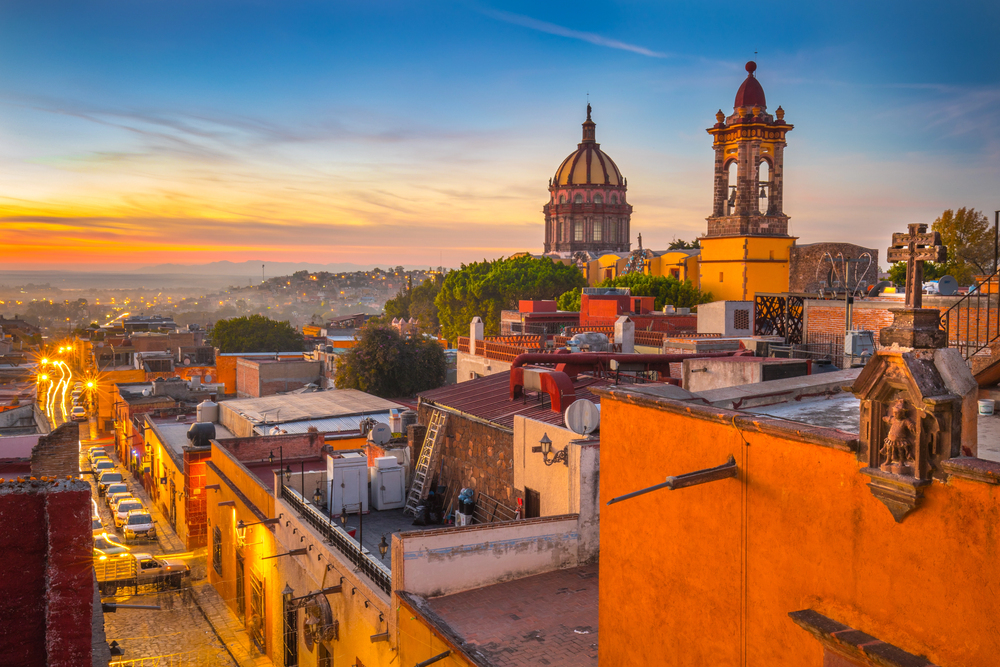
This perfectly preserved colonial gem features cobblestone streets winding between ochre and terracotta buildings crowned by the neo-Gothic pink limestone spires of Parroquia de San Miguel Arcángel. The town’s thriving arts scene emerged after American artists established schools here post-WWII, creating a unique cultural fusion that now attracts creative spirits from around the world.
Evenings in the main plaza become impromptu community gatherings where mariachi music, indigenous dancers, and spontaneous celebrations reflect Mexico’s vibrant social fabric.
Discovering Indigenous Textiles in Oaxaca

Zapotec weaving traditions flourish in villages surrounding Oaxaca City, where natural dyes extracted from indigo, cochineal insects, and native plants produce extraordinarily vibrant colors. Teotitlán del Valle serves as the epicenter of textile arts, where families maintain generations-old techniques using traditional backstrap and pedal looms.
Master weavers transform sheep’s wool into intricate designs reflecting cosmological beliefs, local landscapes, and patterns passed down through centuries of artistic evolution.
Following the Tequila Trail in Jalisco
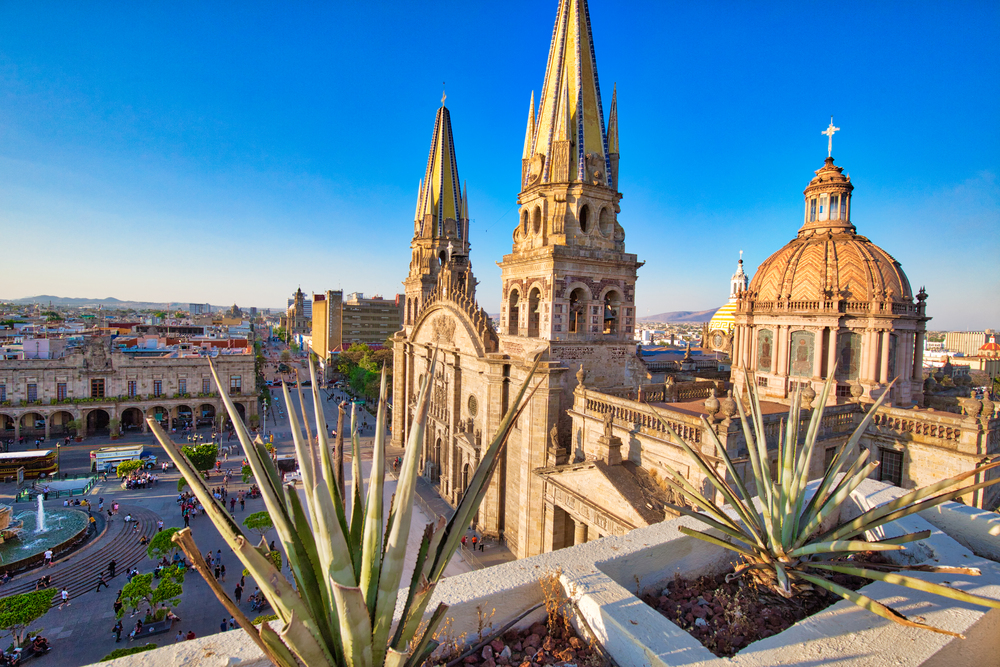
The UNESCO-protected agave landscapes around the town of Tequila reveal the complete journey of Mexico’s most famous spirit, from cultivation to distillation. Historic haciendas like Jose Cuervo’s La Rojeña offer insights into production methods dating back to the 1700s, when techniques for cooking and fermenting blue agave were perfected.
The journey through rust-colored volcanic soil — where spiky blue agave plants thrive — connects visitors to an agricultural tradition fundamental to Mexican cultural identity.
Like Travel Pug’s content? Follow us on MSN.
Studying Spanish in Guanajuato
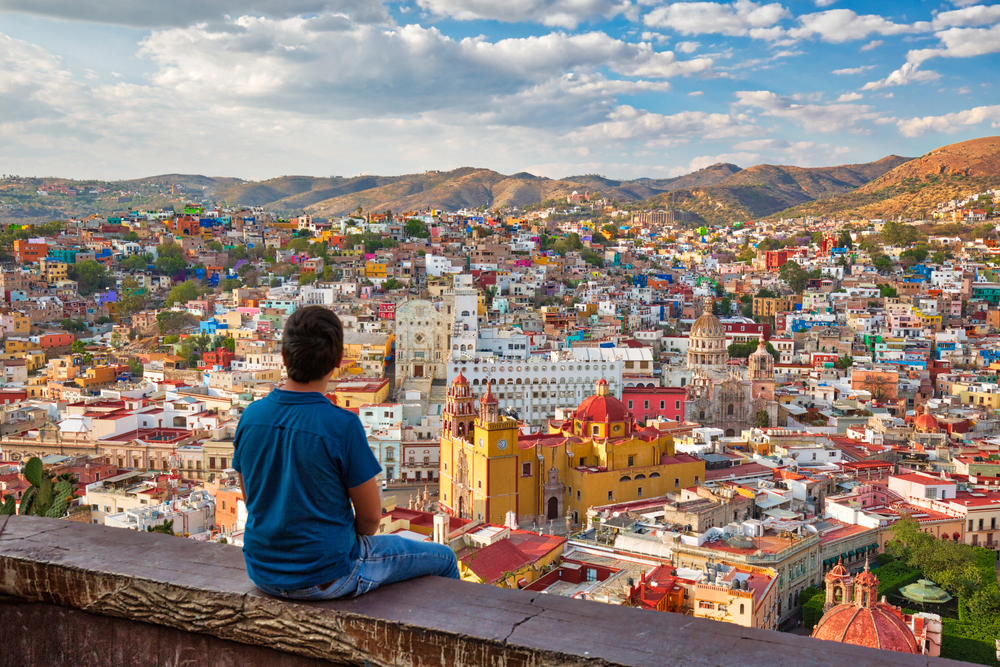
Language immersion in this university town provides entry into Mexican culture through its most expressive medium—language itself. The city’s unique subterranean roadways and colorful hillside architecture create an inspiring backdrop for linguistic exploration.
Evening language exchanges in leafy plazas facilitate connections with local students, while the annual Cervantino Festival transforms the city into an international arts celebration honoring Spanish literary traditions.
Witnessing Monarch Migration in Michoacán
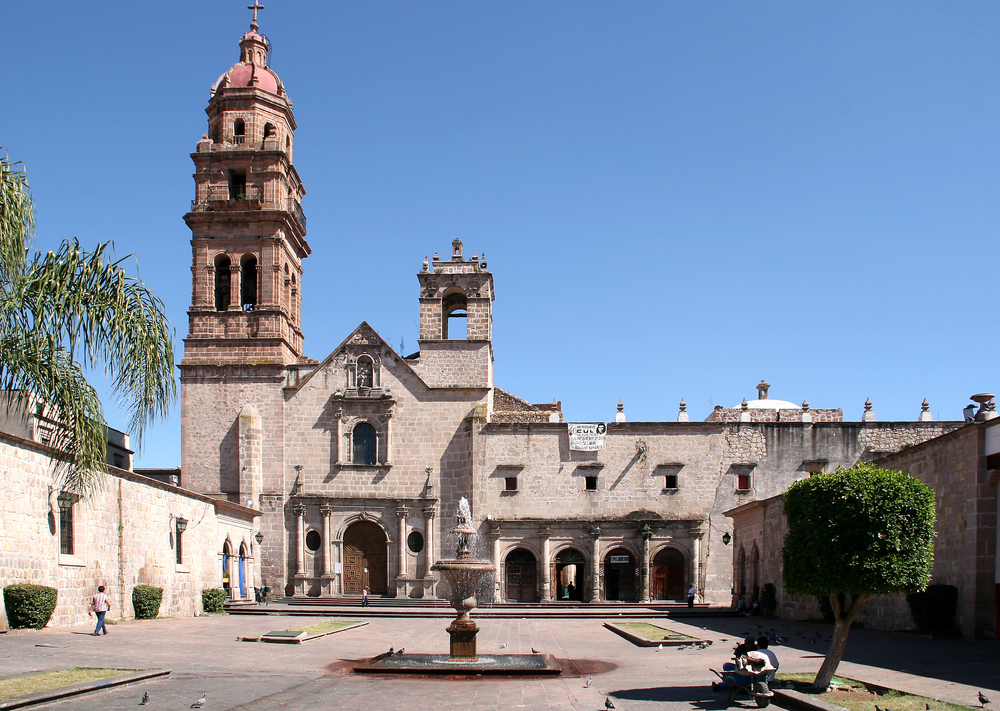
The oyamel fir forests in the mountains of Michoacán become temporary home to millions of monarch butterflies completing their multi-generational journey from Canada each winter. Indigenous Purépecha communities maintain these critical habitats while sharing their cultural understanding of this natural phenomenon they’ve observed for centuries.
The orange-blanketed trees create an almost spiritual experience, connecting visitors to natural cycles that transcend borders and human timelines.
Learning Traditional Cooking in Puebla
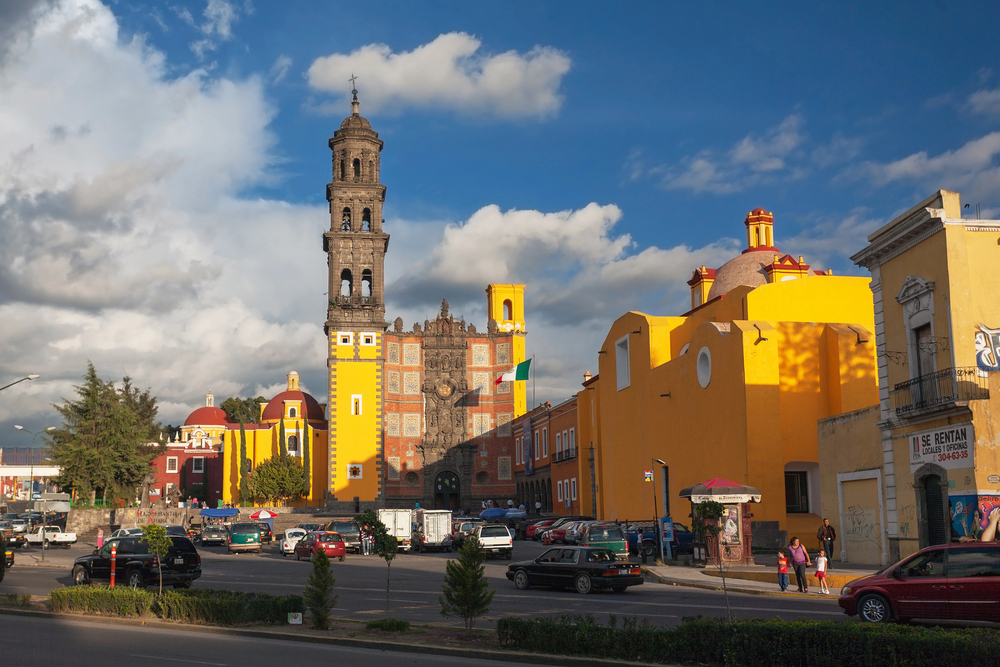
Puebla’s culinary heritage represents the sophisticated fusion of pre-Hispanic ingredients with Spanish, French, and Middle Eastern influences that birthed classics like mole poblano and chiles en nogada.
Cooking schools like Mesones Sacristía offer hands-on classes where participants learn to balance complex spice combinations while discovering the historical contexts behind iconic dishes. Market tours reveal the remarkable biodiversity of Mexican ingredients, from dozens of chile varieties to endemic herbs used since pre-colonial times.
Like Travel Pug’s content? Follow us on MSN.
Discovering Mayan Ruins in Palenque
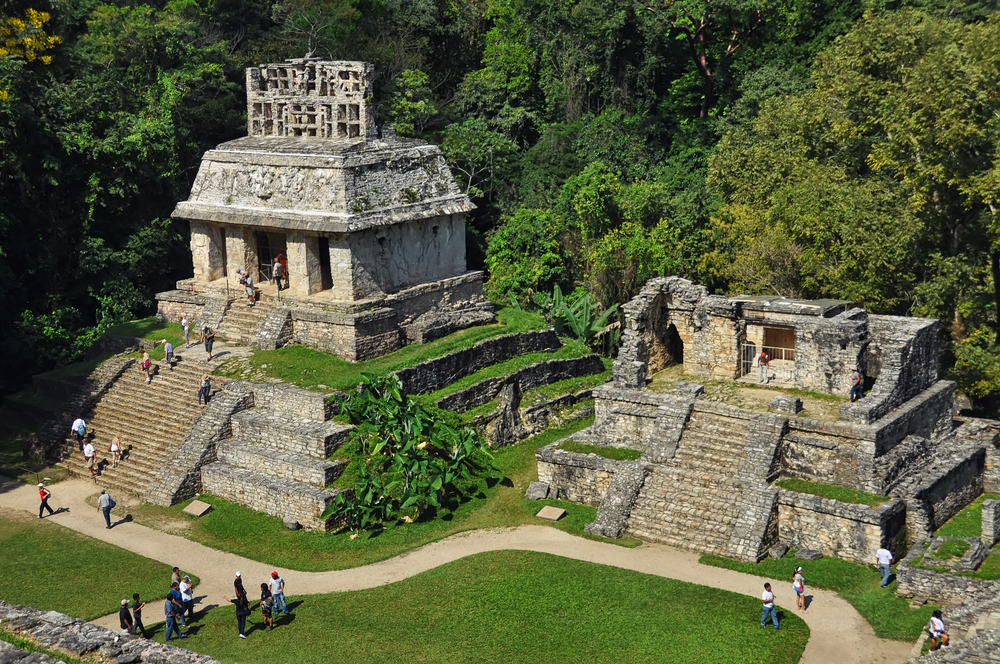
The archaeological zone of Palenque emerges from verdant Chiapas rainforest, revealing some of Mesoamerica’s most elegant architectural achievements and sophisticated hieroglyphic inscriptions. The haunting calls of howler monkeys echo around temples where Mayan astronomers once tracked celestial movements with remarkable precision.
The dramatic cascades of Misol-Ha and turquoise waters of Agua Azul nearby create natural complements to these cultural treasures, demonstrating why the Maya considered this landscape sacred.
Attending Guelaguetza Festival in Oaxaca

This July celebration showcases indigenous cultures from Oaxaca’s seven regions through music, dance, and distinctive traditional dress unique to each community. The festival name comes from the Zapotec concept of reciprocity and mutual exchange, which are central values in indigenous social structures throughout Mexico.
Performances on the hillside amphitheater overlooking Oaxaca City culminate with the spectacular Danza de la Pluma (Feather Dance), recounting the Spanish conquest through intricate choreography passed down through generations.
Exploring the Copper Canyon by Train

The Chihuahua al Pacífico Railway winds through Mexico’s northwestern Sierra Madre mountains, traversing terrain four times larger than the Grand Canyon and connecting travelers with Rarámuri (Tarahumara) communities. These indigenous people, famous for their long-distance running abilities, maintain semi-nomadic traditions despite centuries of outside pressure.
Local guides lead hikes to hidden waterfalls and cliff dwellings while sharing insights into sustainable practices that have allowed their culture to survive in this challenging landscape.
Like Travel Pug’s content? Follow us on MSN.
Visiting the Anthropology Museum in Mexico City
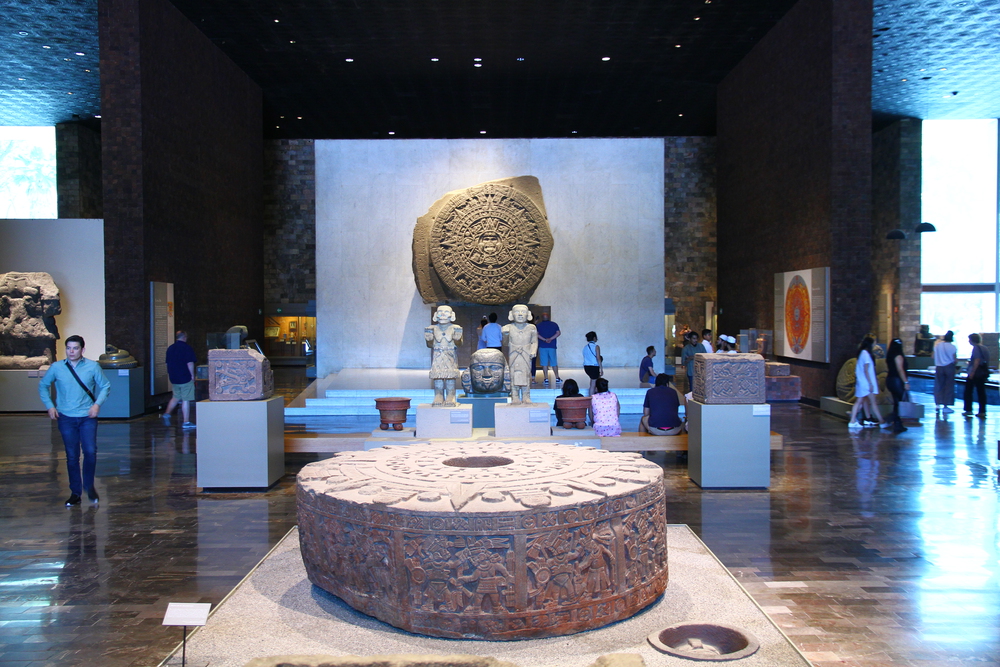
This world-class institution houses the most comprehensive collection of Mesoamerican artifacts anywhere, providing crucial context for understanding Mexico’s pre-Hispanic civilizations. The iconic Aztec Sun Stone and monumental Olmec heads stand among thousands of pieces illuminating sophisticated ancient cultures, often reduced to stereotypes.
The museum’s modernist architecture itself represents an important cultural statement from the 1960s, expressing Mexico’s pride in indigenous heritage during a period of national identity formation.
Joining a Mezcal Tasting in Oaxaca
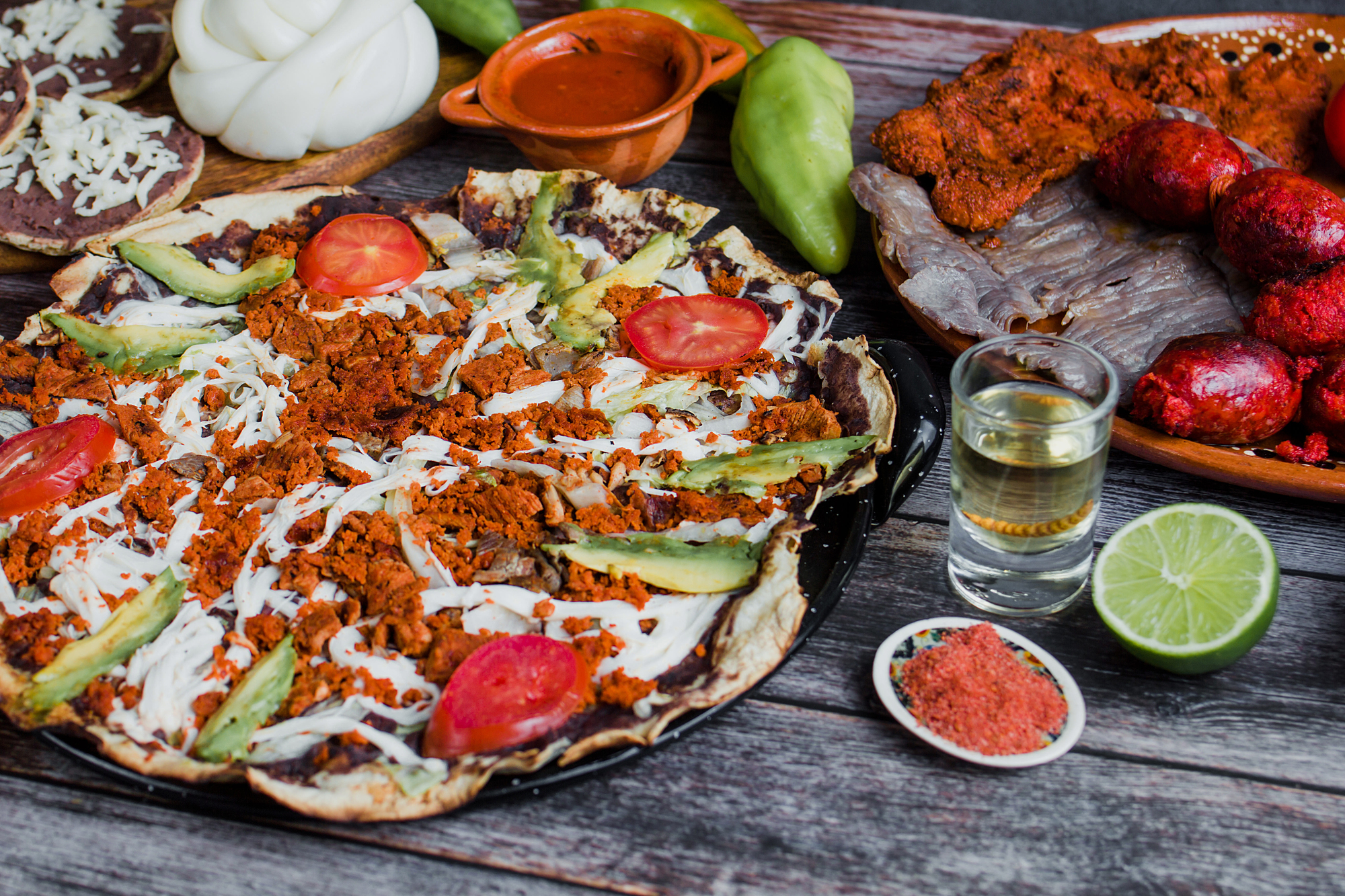
Small-batch mezcaleros maintain centuries-old distillation techniques, producing this complex spirit from varied agave species, each imparting distinctive flavor profiles. Traditional palenques (distilleries) use underground pit roasting, horse-drawn stone mills, and natural fermentation methods largely unchanged for generations.
Guided tastings reveal how terroir, production methods, and aging create remarkable diversity within this ancestral spirit increasingly recognized for its sophistication and cultural significance.
Experiencing Indigenous Markets in Chiapas
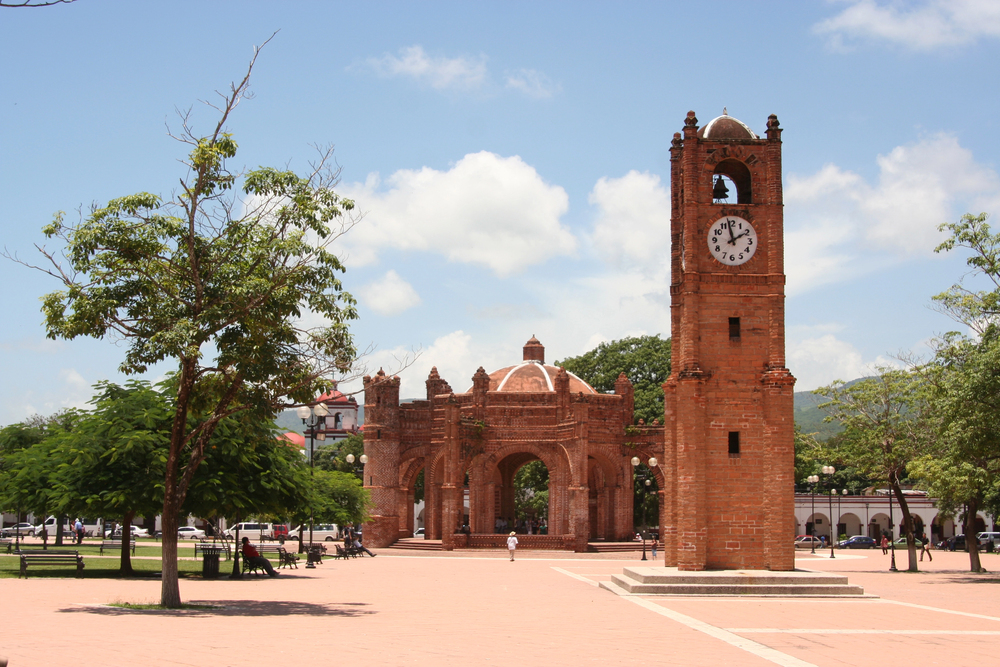
The highland town of San Cristóbal de las Casas hosts vibrant markets where Tzotzil and Tzeltal Maya communities converge, each identifiable by their distinct traditional dress. Women wearing intricately embroidered huipiles (blouses) sell textiles and produce while maintaining indigenous languages in commercial exchanges that follow pre-Hispanic economic traditions.
The nearby autonomous Zapatista communities represent contemporary indigenous resistance and self-determination, continuing Mexico’s long history of social movements.
Like Travel Pug’s content? Follow us on MSN.
Touring Luis Barragán Architecture in Mexico City

The emotionally evocative spaces created by this Pritzker Prize-winning architect represent Mexico’s important contribution to modernist design, infused with local sensibilities such as vibrant color and introspective spatial design. Casa Luis Barragán showcases his masterful use of light, color, and water to create contemplative environments blending indoor and outdoor spaces.
His distinctly Mexican modernism rejected international homogeneity in favor of emotional resonance and cultural connection, embodying the creative synthesis between global movements and local traditions.
Studying Mariachi in Guadalajara
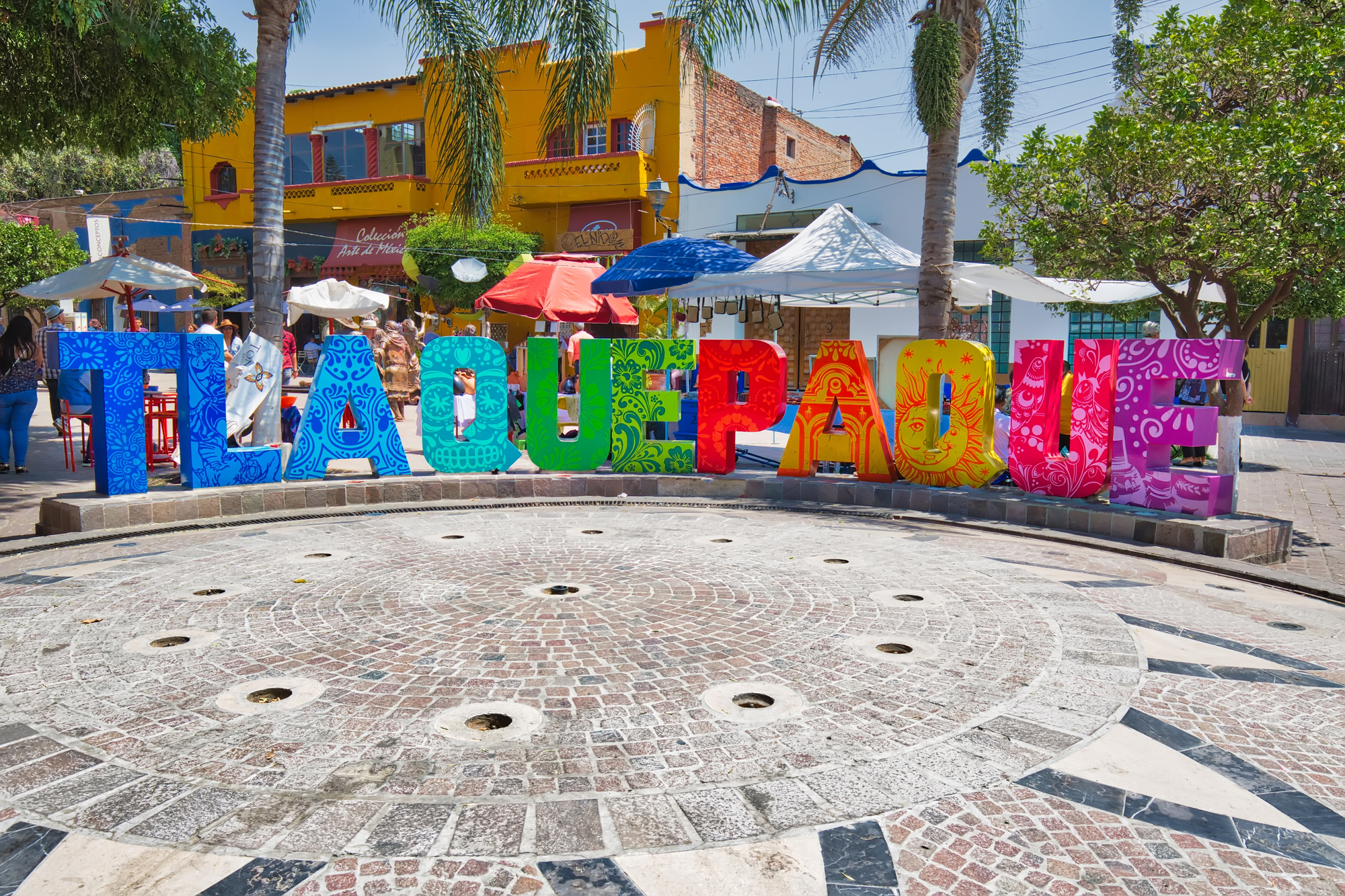
The birthplace of mariachi music provides opportunities to understand this UNESCO-recognized tradition beyond tourist performances. The Mariachi Cultural Center offers workshops on traditional instruments like the vihuela and guitarrón while explaining regional variations developed across western Mexico.
During the International Mariachi Festival, Plaza de los Mariachis fills with musicians from across Mexico and beyond, demonstrating how this musical tradition continues to evolve while maintaining its emotional core.
Exploring Frida Kahlo’s Casa Azul in Mexico City
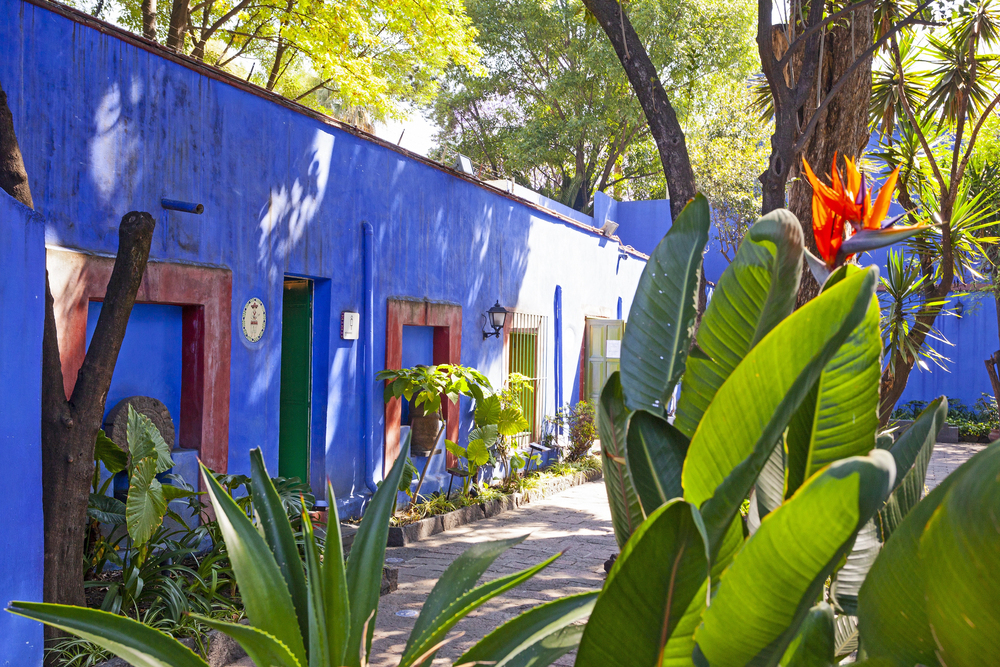
The cobalt blue walls of Kahlo’s childhood home and final residence in Coyoacán contain intimate glimpses into the life and creative process of Mexico’s most internationally recognized female artist. Her personal belongings, medical corsets, and studio remain largely as she left them, revealing how physical suffering informed her exploration of identity and resilience.
The garden filled with pre-Hispanic artifacts reflects her deep connection to Mexican indigenous heritage, a political and artistic stance during post-revolutionary cultural reformation.
Like Travel Pug’s content? Follow us on MSN.
Witnessing Flying Men of Papantla in Veracruz
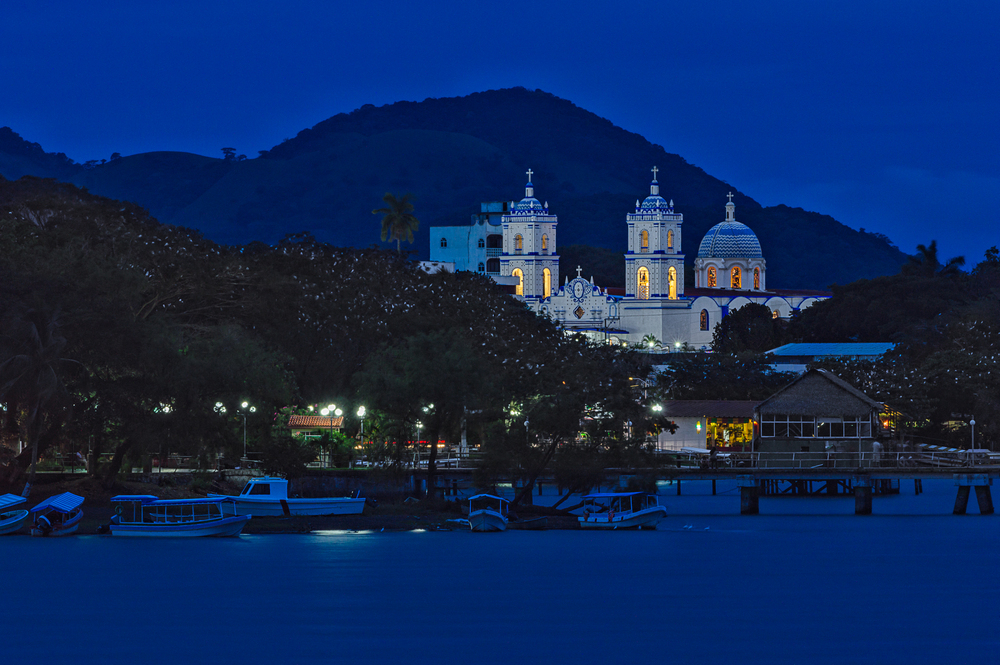
This pre-Hispanic ceremony features five men descending from a 150-foot pole while spinning on ropes, representing birds connecting earthly and spiritual realms. The voladores perform this ritual, which UNESCO recognizes as an Intangible Cultural Heritage, to ensure agricultural fertility and cosmic harmony.
The haunting flute melody played by the captain atop the pole communicates with deities, while the four flyers represent cardinal directions and elements in this profound expression of Totonac cosmology.
Swimming in Sacred Cenotes in Yucatán
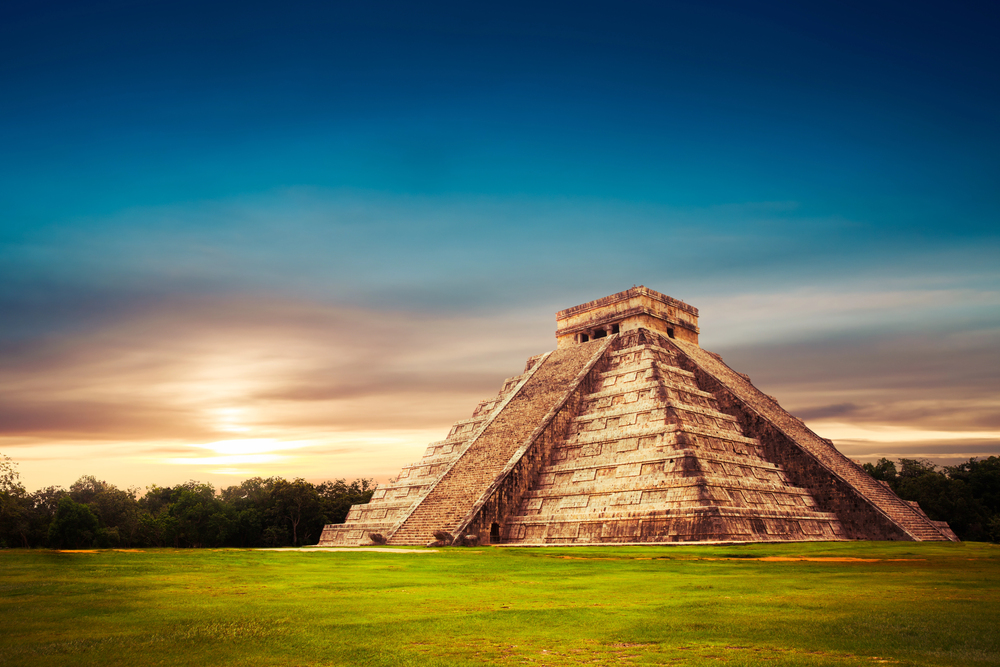
These natural limestone basins provided Maya communities with fresh water and entrances to the underworld, Xibalba, where important ceremonies connected human and divine realms. Crystal-clear waters in cenotes like Ik Kil and Dzitnup contain archaeological evidence of ancient offerings, while contemporary Maya communities maintain spiritual practices associated with these natural formations.
The subterranean swimming experience connects visitors to geological processes and cultural beliefs that have shaped Yucatecan identity for millennia.
Discovering Silver Mining History in Taxco

Dramatically situated on a hillside, this colonial town’s whitewashed buildings with terracotta roofs cluster around the magnificent Santa Prisca Church, funded by Spanish silver baron José de la Borda. Narrow cobblestone streets wind past silver workshops where artisans continue traditions established in the 16th century when this region became vital to Spain’s colonial economy.
The town’s preservation offers insights into colonial urban planning and economic systems that fundamentally transformed both Mexican and global history.
Like Travel Pug’s content? Follow us on MSN.
Beyond the Tourist Bubble

These cultural experiences represent just a fraction of Mexico’s incredible diversity, inviting travelers to engage more deeply with living traditions that continue evolving across this multifaceted nation. Moving beyond resort enclaves opens pathways to meaningful connections with communities that are maintaining distinctive identities within Mexico’s broader cultural mosaic.
The country’s remarkable ability to synthesize indigenous, European, and contemporary influences while maintaining authentic traditions rewards curious travelers with experiences that transform their understanding not just of Mexico but of cultural resilience itself.
More from Travel Pug

- Cities Growing so Fast You Won’t Recognize Them in 10 Years
- 13 Destinations Where Tourists Regularly Regret Their Trip
- 16 U.S. Cities That Are Quietly Becoming Travel Hotspots
- Where to Travel If You Love Long Bus Rides and Daydreams
- 20 Cities Perfect for Solo Travelers Who Crave Adventure & Culture
Like Travel Pug’s content? Follow us on MSN.
